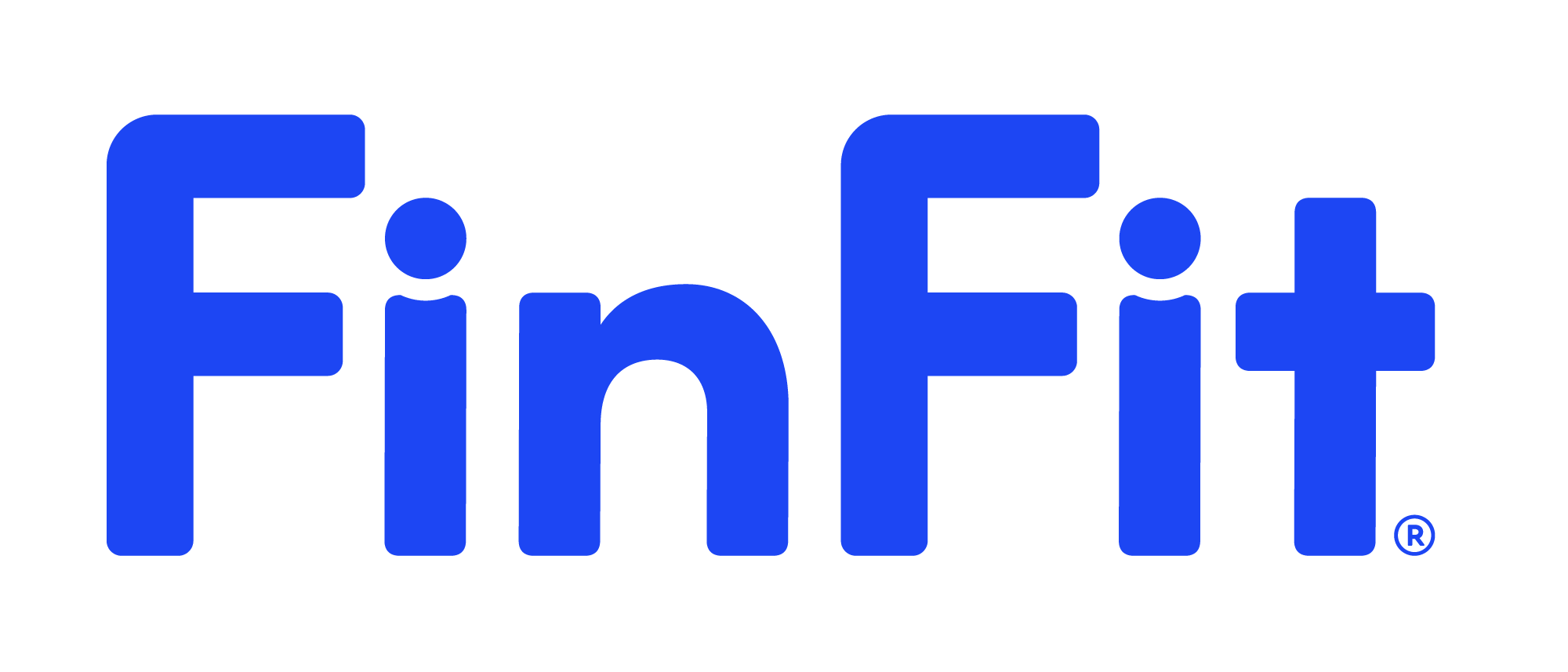When unexpected expenses arise, it can be tempting to turn to payday loans for quick cash. But while payday loans may seem like an easy solution, they often lead to a cycle of high-interest debt that’s difficult to escape. Understanding how payday loans work, and the risks involved, can help you make better financial decisions and avoid financial pitfalls.
What is a payday loan?
A payday loan is a short-term, high-interest loan typically designed to cover expenses until your next paycheck. These loans are usually:
- For small amounts (typically $100 to $1,500).
- Due within two weeks to a month.
- Secured by access to your bank account or a post-dated check.
Because payday loans are easy to obtain, they are marketed as a quick fix for financial emergencies. However, their extremely high interest rates make them a risky option.
The true cost of payday loans
Payday loans come at a steep price:
- The typical two-week payday loan has an APR (Annual Percentage Rate) of almost 400%.
- Four out of five payday loans are rolled over or renewed, meaning borrowers take out another loan to cover the first—trapping them in a cycle of debt.
Because payday loans require full repayment in a short time, most borrowers can’t afford to pay them off and end up borrowing again, leading to long-term financial hardship.
Why you should avoid payday loans
While payday loans promise quick cash, they create long-term financial strain. Here’s why they are a bad option for most people:
- Sky-high interest rates: Payday loans can have APRs 10 times higher than traditional interest rate limits set by states.
- Cycle of debt: Most payday loan borrowers roll over their loans multiple times, paying more in fees than the original loan amount.
- Risk of overdrafts and bank fees: Lenders withdraw funds automatically, leading to overdraft fees and more debt.
If you’re struggling financially, there are better alternatives to payday loans.
Building an emergency fund to avoid payday loan
One of the best ways to avoid the payday loan trap is by having an emergency savings fund. Even a small emergency fund can help cover unexpected expenses without having to rely on high-interest loans.
- Start by saving a small, manageable amount, even if it’s just $10 per paycheck.
- Set up automatic savings so you don’t have to think about it.
- Use employer-based savings programs, you can set aside money directly from your paycheck to build a safety net.
Having even $500 in emergency savings can prevent you from turning to payday loans when an unexpected expense arises.
Better alternatives to payday loans
Many employers offer financial wellness programs like FinFit, where you can access low-cost financial assistance, savings tools, and financial coaching. Log into your FinFit account to explore your options.
- Local credit unions & nonprofits – Many offer small-dollar loans with lower interest rates and flexible repayment plans.
- Negotiating bills or payment plans – If you’re struggling to pay rent, utilities, or medical bills, contact your service providers. They can offer payment plans or hardship programs.
- Building an emergency fund – Even saving a little at a time can help create a safety net for unexpected expenses and keep you out of the payday loan cycle.
Final thoughts: Payday loans are a trap!
Payday loans prey on financial stress and make money problems worse. Instead of turning to high-interest loans, focus on building emergency savings and exploring better financial alternatives.
If you need financial support, FinFit provides resources to help you manage debt, grow savings, and build financial confidence. Log into your account today to take control of your financial future—without the payday loan trap.
 Learn
Learn